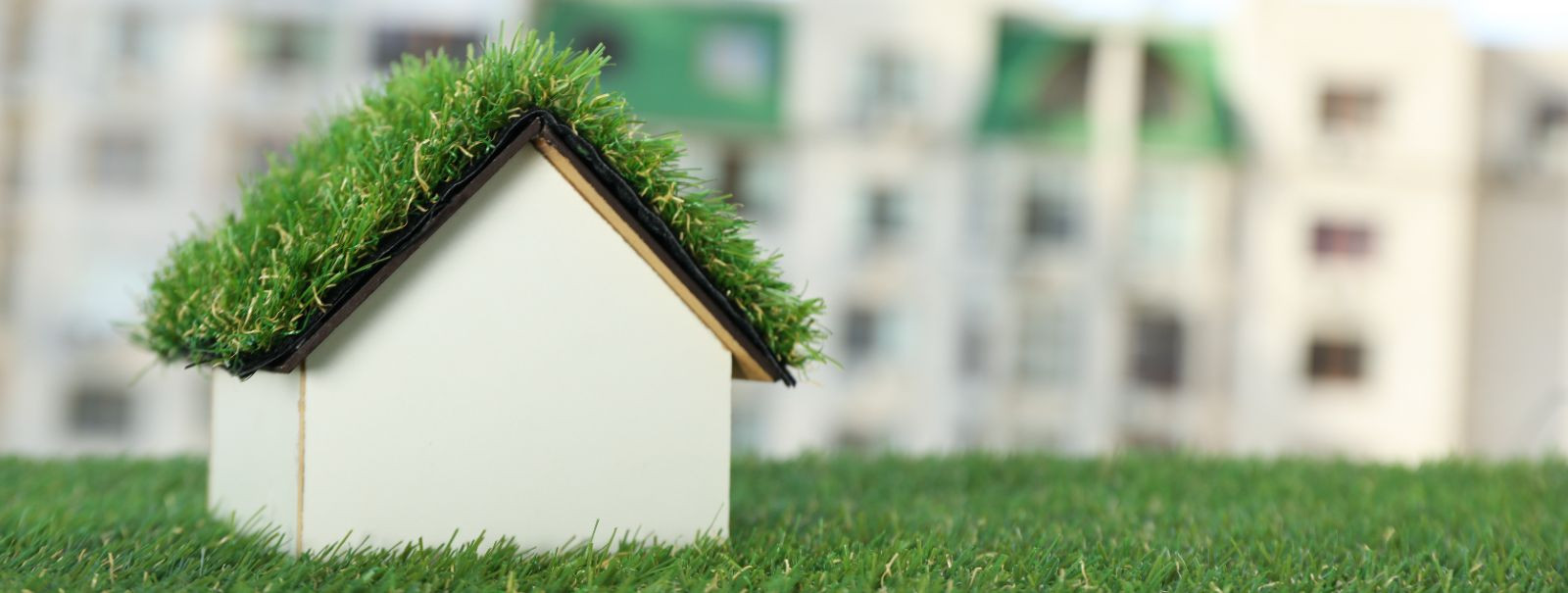The future of sustainable housing
Sustainable housing is an evolving concept that integrates environmentally friendly practices into the design, construction, and operation of homes. It aims to minimize the environmental impact of housing while enhancing the quality of life for its occupants. As the world faces increasing environmental challenges, sustainable housing has become a critical component in the global effort to combat climate change and promote sustainable living.
2. The Importance of Sustainable Housing
The importance of sustainable housing cannot be overstated. With the construction and operation of buildings accounting for a significant portion of global energy consumption and greenhouse gas emissions, transitioning to sustainable housing is essential for reducing our carbon footprint. Sustainable housing not only benefits the environment but also offers economic advantages through reduced energy costs and increased property value. Moreover, it contributes to healthier living environments by improving indoor air quality and utilizing non-toxic materials.
3. Key Features of Sustainable Housing
Energy efficiency is a cornerstone of sustainable housing. This involves the use of high-performance insulation, energy-efficient windows, and advanced heating and cooling systems to reduce energy consumption. Incorporating renewable energy sources, such as solar panels and wind turbines, further enhances a home's energy efficiency and reduces reliance on fossil fuels.
Water conservation is another critical aspect of sustainable housing. Implementing low-flow fixtures, rainwater harvesting systems, and greywater recycling can significantly reduce water usage. Landscaping with native plants that require minimal irrigation also contributes to water conservation efforts.
Using sustainable materials is essential for reducing the environmental impact of housing construction. This includes selecting materials that are renewable, recycled, or have a low environmental footprint. Examples include bamboo flooring, recycled steel, and reclaimed wood. These materials not only reduce waste but also promote a healthier indoor environment.
Smart home technology plays a vital role in sustainable housing by optimizing energy use and enhancing convenience. Smart thermostats, lighting systems, and appliances can be programmed to operate efficiently, reducing energy consumption and costs. Additionally, smart home systems provide real-time data on energy usage, allowing homeowners to make informed decisions about their energy consumption.
4. Innovations in Sustainable Housing
Passive house design is an innovative approach to sustainable housing that focuses on maximizing energy efficiency through design. By utilizing strategic insulation, airtight construction, and passive solar heating, passive houses can maintain comfortable indoor temperatures with minimal energy use.
Net-zero energy homes are designed to produce as much energy as they consume, often through a combination of energy-efficient design and renewable energy sources. These homes represent the pinnacle of sustainable housing, offering a blueprint for future residential developments.
Green roofs and walls are innovative features that enhance the sustainability of housing by providing natural insulation, reducing stormwater runoff, and improving air quality. These living structures also offer aesthetic benefits and create habitats for urban wildlife.
5. The Role of Government and Policy
Government policies and incentives play a crucial role in promoting sustainable housing. By implementing building codes, offering tax incentives, and supporting research and development, governments can encourage the adoption of sustainable practices in the housing sector. Public awareness campaigns and educational programs further support the transition to sustainable housing by informing consumers about the benefits and options available.
6. Challenges and Opportunities in Sustainable Housing
While sustainable housing presents numerous benefits, it also faces challenges such as higher upfront costs and limited consumer awareness. However, these challenges present opportunities for innovation and growth in the industry. As technology advances and economies of scale are achieved, the cost of sustainable housing is expected to decrease, making it more accessible to a broader audience. Additionally, increased awareness and demand for sustainable living will drive further advancements in sustainable housing solutions.






Comments (0)